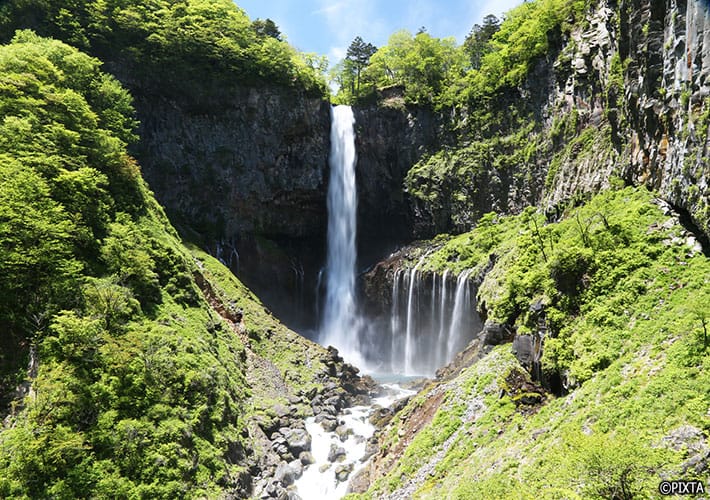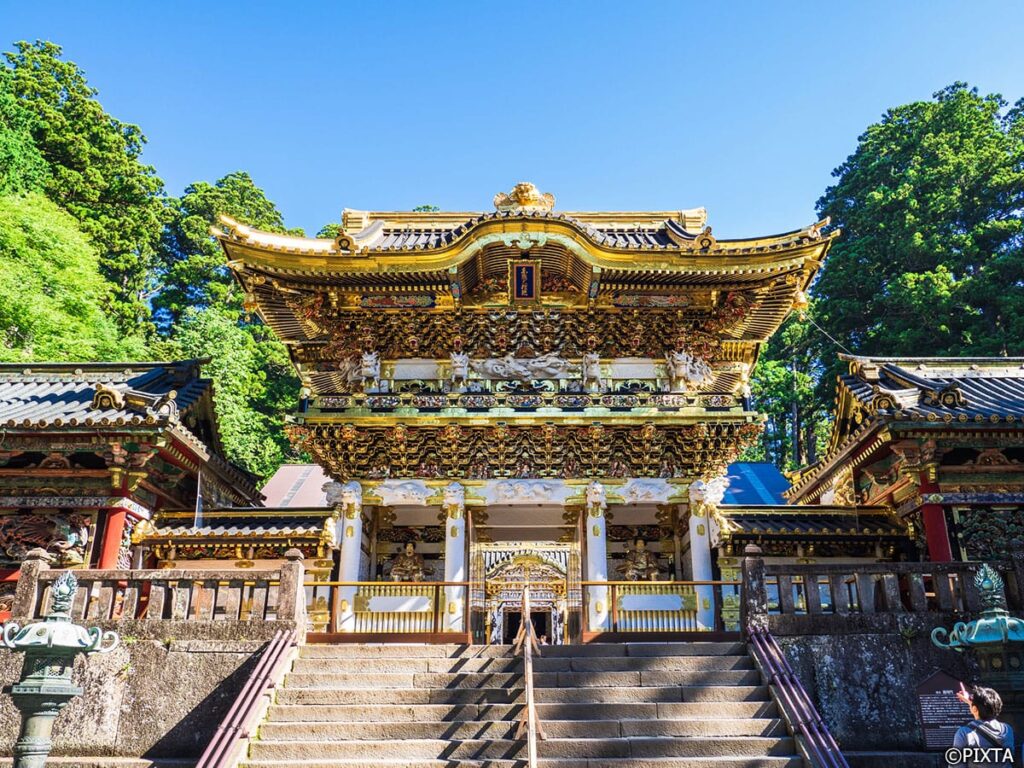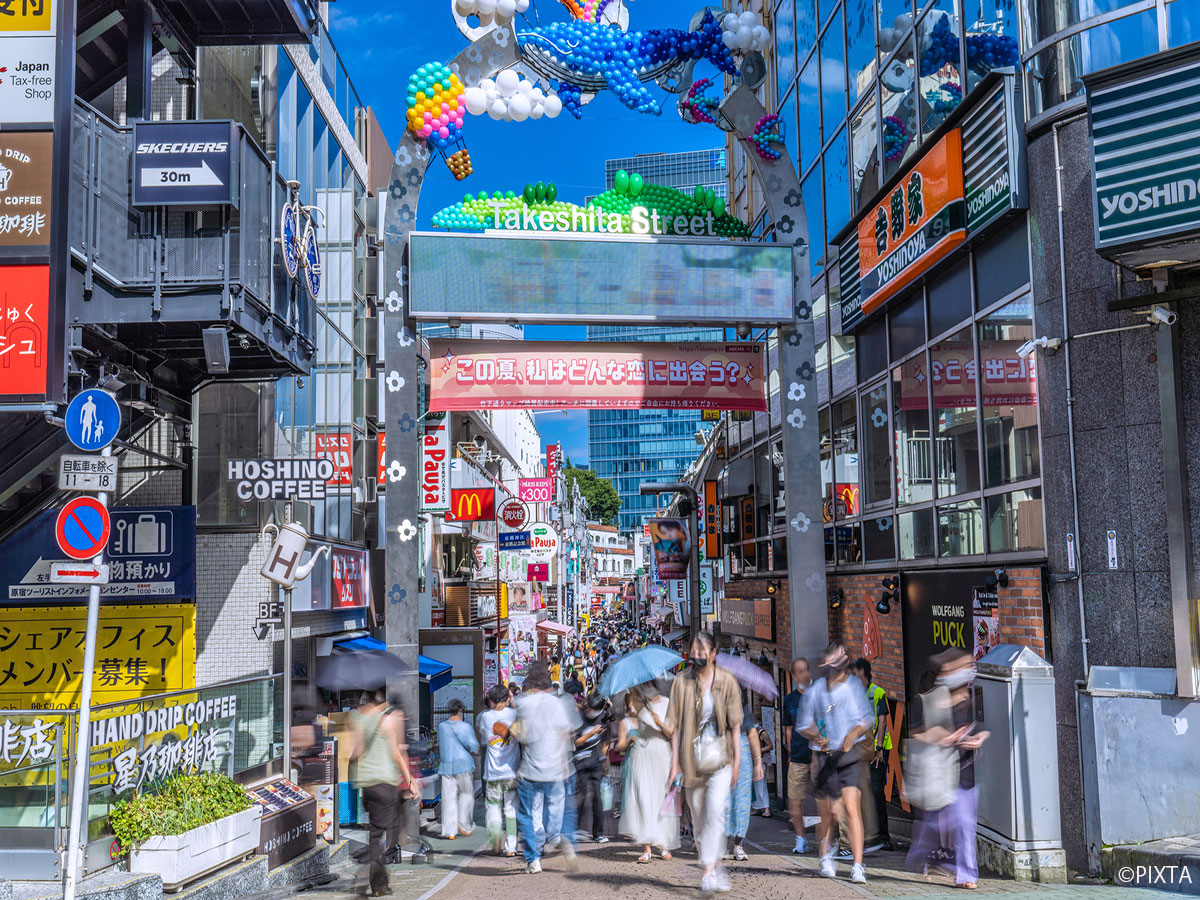Combining picturesque landscapes and rich cultural assets, 日光 Nikkō offers a perfect day trip opportunity for international travelers staying in Tokyo. Nestled in the mountains of Tochigi Prefecture, the city is most famous for the lavish and impressive 日光東照宮 Nikkō Tōshōgū Shrine (often abbreviated as “Toshogu Shrine”), which has made it both a center of religious significance and an attractive travel destination. From its stunning shrines and temples to its picturesque landscapes, Nikko promises an unforgettable experience for those seeking to immerse themselves in Japan’s rich cultural tapestry.
Access
Nikko is easily accessible via the Tobu Nikko Line and JR Nikko Line. The nearest stations are Tobu-Nikko Station (TN-55) and JR Nikko Station, which are both approximately two hours from Tokyo Station. To reach Toshogu Shrine, you can take a 10-minute bus or go on foot for about 40-50 minutes. Some parts of the shrine are only accessible by stairs (without handrails), presenting a challenge for mobility-impaired visitors.

Traveling by bus on the winding and scenic Irohaza slope.
To access the 奥日光 Oku-Nikkō area, where attractions such as 中禅寺湖 Lake Chuzenji and Kegon Falls are located, you’ll need to travel a significant distance from Nikko Station. One option is to take a bus, which usually takes around 50 minutes to reach Lake Chūzenji. The journey involves a scenic ride along the winding いろは坂 Irohazaka slope, offering stunning views of the surrounding landscape. This picturesque route connects central Nikko and the Oku-Nikko area, making it an enjoyable part of your visit to Nikko.
Food and Drink
湯葉 Yuba: Nikko is particularly known for its delicious yuba (tofu skin) dishes, which can be enjoyed in various forms such as sashimi, grilled, or simmered. It’s even included in some snacks sold in street stalls.

Soba and yuba, two of Nikko’s culinary specialties.
蕎麦 Soba: Another local specialty are hearty soba noodles made of buckwheat flour and often served with mountain vegetables or tempura. The mountain climate and pure water produces noodles of excellent quality. You’ll find many eateries and specialty shops selling soba in Nikko.
Shopping
日光彫 Nikkō-bori Woodcraft: Nikko is home to the distinct wood-crafting tradition of Nikko-bori, characterized by intricate carvings and elegant designs. This art form represents Nikko’s rich cultural heritage, with artisans skillfully carving patterns into wooden items such as trays, boxes, and furniture. Browsing through Nikko’s shops and galleries, visitors can appreciate the beauty of Nikko-bori and discover pieces that showcase this exceptional wood-crafting legacy.
饅頭 Manjū and Other Sweets: Nikko city has several gift shops where you can find manju (steamed buns filled with red bean paste) as well as other sweets which make great gifts or treats for you to enjoy in your accommodations or even take with you on your return flight. If you do, be sure to check the expiration date.

Steamed manju filled with red bean paste. [Photo for illustrative purposes only]
Sightseeing and Activities
Nikko Toshogu Shrine: Nikko’s most popular and central attraction is its UNESCO World Heritage Site, encompassing the Nikko Toshogu Shrine, 輪王寺 Rinnōji Temple, and 二荒山神社 Futarasan Shrine. The intricately decorated Toshogu Shrine is dedicated to Tokugawa Ieyasu, the founder of the Tokugawa Shogunate, and was established in 1617 by his grandson, Tokugawa Hidetada.

Toshogu Shrine is known for its lavish architectural style.
The shrine features a mix of Shinto and Buddhist elements and its lavish architectural style stands in stark contrast to Japan’s traditional minimalist design. The Toshogu Shrine houses several iconic structures and carvings, including the famous Sanzaru, the “see no evil, hear no evil, speak no evil” three wise monkeys. The shrine is also home to the Nemurineko, a carving of a sleeping cat, said to bring peace and tranquility to those who view it. The shrine’s grounds are adorned with vibrant colors, particularly during the autumn foliage season, making it a popular destination for both Japanese and international tourists alike.

The famous Sanzaru (three monkeys) at Toshogu Shrine.
The shrine also hosts seasonal festivals. The Toshogu Spring Festival in May and the Toshogu Autumn Festival in October showcase impressive performances like yabusame horseback archery, the Parade of a 1,000 Samurai Warriors featuring reenactors in full armor, and more. These events offer a unique opportunity to experience the rich cultural heritage of the region.

An impressive performance of yabusame horseback archery. [Photo for illustrative purposes only]
While many tourists focus on Toshogu Shrine, Nikko is equally prized as a superb destination for nature lovers.
Kegon no taki Kegon Falls: The nearby Kegon Falls, one of Japan’s highest waterfalls, offers breathtaking views, especially during the autumn foliage season.

The impressive Kegon Falls.
日光国立公園 Nikkō kokuritsu kōen Nikko National Park: For those who enjoy hiking, Nikko National Park provides an opportunity to explore the region’s scenic landscapes, such as the majestic Lake Chuzenji.

Gorgeous Chuzenji Lake in autumn.
The peaceful marshlands of 戦場ヶ原 Senjōgahara are also ideal for trekking. If you’re visiting in summertime, the 竜頭の滝 Ryuzu Waterfall will provide a refreshing break with against a stunning backdrop. The park is also home to the 明知平ロープウェイ Akechidaira Ropeway, which takes visitors to a panoramic viewpoint.

Taking a break from trekking in Senjogahara.
In conclusion, Nikko presents a vivid blend of history, culture, and nature, making it an ideal destination for those looking to experience Japan’s spiritual side. With its stunning temples, flavorful local cuisine, and breathtaking landscapes, Nikko offers an unforgettable journey into the heart of Japan’s rich cultural tapestry.















